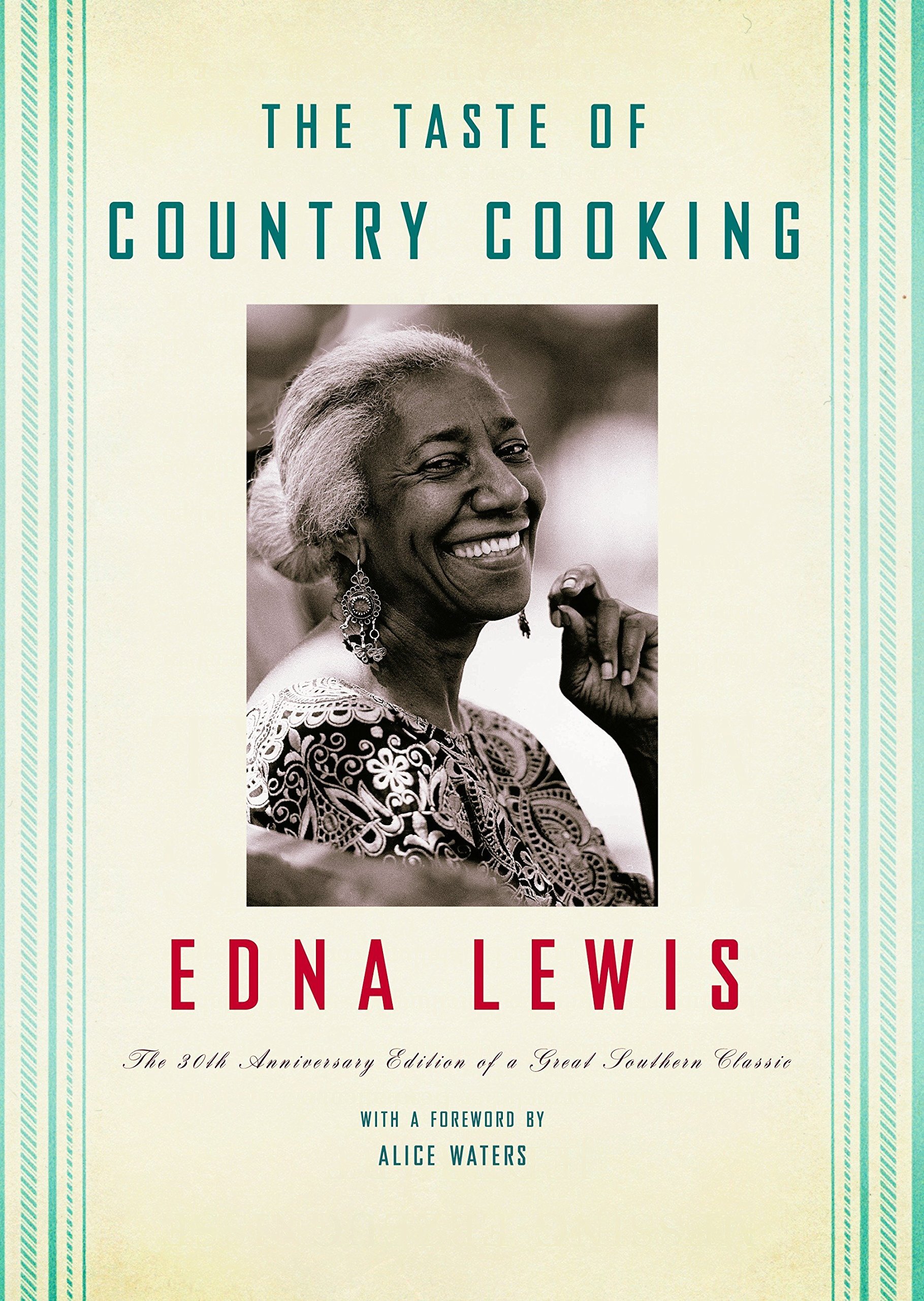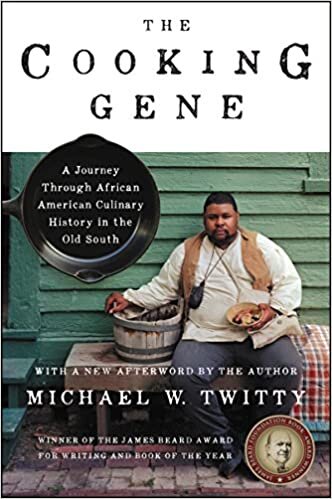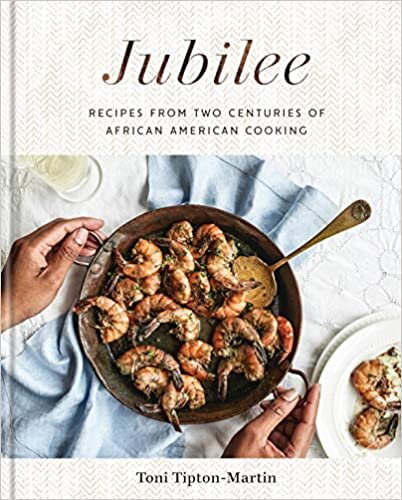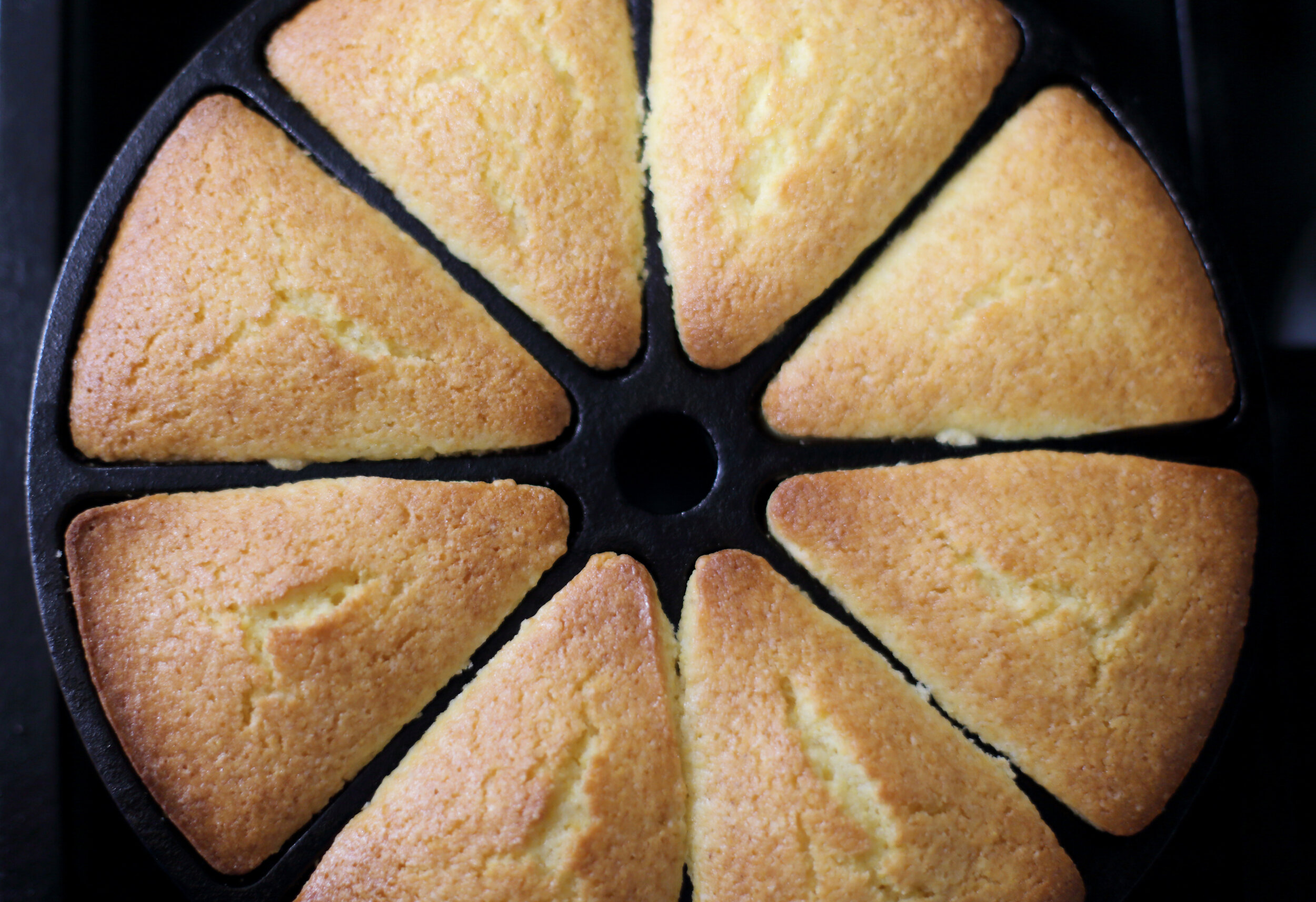Black History Month Inspired Cookbooks & Recipes
By Sidonie Maroon , The Food Co-op’s Culinary Educator , abluedotkitchen
Follow Sidonie on The Food Co-op’s Facebook group Cooking with the Co-op
Find Sidonie in The Leader every other week in Kitchen-to-Kitchen, an article sponsored by The Food Co-op.
Recipes included:
Sweet Potato Casserole
Grandma’s Cornbread
Barbecue Black-Eyed Peas with Hickory Smoked Coconut Flakes
Maroon's Barbecue Sauce
In February, I set time aside to delve into African American history. Often, it’s harrowing, like last year reading Caste by Isabel Wilkerson. But I take it up because it’s an opportunity to step out of myself and walk in another’s shoes. This year, I’m reading cookbooks that look at the history of black culture through the lens of food.
#1 The Taste of Country Cooking by Edna Lewis
Edna Lewis (April 13, 1916- February 13, 2006) was a renowned American chef, teacher, and author who helped to educate our view of Southern cooking. She’s one of my food goddesses, who promoted the use of fresh, in season ingredients — especially greens. In The Taste of Country Cooking, (1976) she captures my heart, bringing together both recipes and stories of her early food life.
It’s a cooking biography detailing Lewis’s childhood in Freetown, Virginia. It describes cooking through the seasons — the fresh taste of spring, the first wild strawberries, field greens and salads. The feasts of summer, the harvests of fall…. There’s a quality to the writing which is both matter-of-fact and lyrical. If you like history, cooking and tales of remarkable people, then this book is for you.
# 2 Jubilee: Recipes from two centuries of African American Cooking by Tony Tipton-Martin
Tipton-Martin is the current editor of Cook’s Country; an award-winning cookbook author and chronicler of African-American culinary culture. She’s written the Jemima Code, and most recently Jubilee, a James Beard Award-winning cookbook that collects 200 hundred years’ worth of African American recipes and the stories behind them.
Jubilee tells the stories of urban enclaves in Los Angeles, Louisiana kitchens, Civil War plantations, West African villages. Reading it stirred my imagination, while deepening my understanding of African American culinary achievement. Filled with mouthwatering recipes, it engages all the senses. I want to cook the Savannah Pickled Shrimp and the Sweet Potato Mango Cake.
# 3 The Cooking Gene: A Journey Through African American Culinary History in the Old South by Michael W. Twitty
Michael W. Twitty is a Culinary Historian focusing on the foodways of Africa and enslaved African Americans. You can find out more about him on his blog, Afroculinaria.
The Cooking Gene is a passionate book, although it wandered. Despite this, it’s worth the effort. Twitty wanted to learn more about his family history via the foods they ate, and the social, political and economic issues they faced. I found his investigations into African foodways and traditions interesting. He took a DNA test to determine the areas his ancestors were from; then used this information to reconstruct recipes they may have eaten.
All three authors use cooking to delve into the human condition, and I’m excited to see how they’ve broadened the genre of the cookbook. They allow us to better understand the values of the cultures they’re writing about. Cooking is a living experience, and the recipes in these books are an invitation to try out new dishes in our home kitchens.
This recipe makes a creamy sweet potato dish and while this this gorgeous photo is meant to inspire - it is missing the nutty delicious topping of pecan, date, coconut with vanilla!
Sweet Potato Casserole
Serves 6-8
A sweet potato casserole that will bring everyone into the kitchen wondering what smells so good.
Ingredients
2 cups mashed sweet potato, one large sweet potato
1 can classic unsweetened coconut milk (13.5 ounces)
½ cup brown sugar or 1 teaspoon monk fruit powder for a sugar free recipe
1 teaspoon sea salt
2 teaspoons ground cinnamon
1 teaspoon freshly grated nutmeg
½ teaspoon whole allspice berries, ground
¼ teaspoon black peppercorns, ground
1 tablespoon fresh ginger paste
3 eggs
Topping
1 cup pecans (cashews are another option)
1 cup dates, chopped
1 cup unsweetened coconut flakes
2 teaspoons vanilla extract
Directions
Preheat the oven to 350 F. Butter a deep dish pie pan.
Using a food processor or Vitamix, pulse the pecans, dates, coconut and vanilla together into a coarse meal. Set aside.
Using a spice or coffee grinder, grind the dry spices together. Add sweet potato, coconut milk, sugar, salt, spices and eggs to the food processor or Vitamix and blend until smooth. Pour the mixture into the pie pan set on a baking sheet to catch drips. Sprinkle the topping over the top. Bake the casserole until set — about 45 minutes. Note: Cover the casserole with foil or a large metal bowl after the first 15 minutes. Remove the foil or bowl for the last 10 minutes.
Serve warm or cold
Grandma’s Cornbread--crispy on the outside and delicious inside.
I use a cast iron round cornbread pan with wedges for this bread. Any cast iron will do.
Ingredients
1 cup stone ground cornmeal
⅓ cup flour
1 teaspoon butter worked into the flour
1 ½ teaspoon baking powder
½ teaspoon sea salt
1 cup buttermilk
Directions
Let the batter sit for a while, the longer the better. It makes cornbread without resting, but I like the cornmeal to soften.
Heat a cast iron cornbread pan on low for 10 minutes) Preheat the oven to 450F.
Add ½ teaspoon baking soda mixed into a tablespoon of water to the rested batter and stir.
Drop a teaspoon or more of unsalted butter into each triangular wedge and let it melt.
Evenly distribute the batter between the wedges, about ¼ cup each.
Bake for 15 minutes.
Serve hot.
Our photos are meant to inspire and sometimes do not represent the exact recipe. This one is missing the fabulous hickory smoked coconut flakes. The extra touches are what make Sidonie’s recipes so special. One day maybe we can have a co-op commercial kitchen where we prepare amazing dishes and shoot videos and step by step pictures for you! ❤
Barbecue Black-Eyed Peas with Hickory Smoked Coconut Flakes
Makes 1 quart
side dish
1 hour
You will never have to wonder what to do with black-eyed peas again. This will do the trick, every time. Try this dish with a side of sauteed greens, and lots of crunchy chips. I used the Instant Pot to cook my black-eyed peas. Combining 2 cups dry legumes, 1 teaspoon sea salt and 1 quart water. High Pressure for 45 minutes with an instant release.
Ingredients
4 cups cooked, rinsed and drained black-eyed peas.
2 medium onions, cut in half, top to bottom, and thinly sliced
1 tablespoon olive oil
1 cup Maroon’s barbecue sauce
½ cup large cut, unsweetened, coconut flakes, toasted
3 tablespoons hickory chips for smoking coconut flakes
Directions
Preheat the oven to 425 F. Lay the onions, rubbed with olive oil, on a parchment lined, rimmed, large baking sheet. Bake for 20 minutes and stir. Baking for another 15 minutes. Using the same baking sheet, gently stir the black-eyed peas and barbeque sauce into the onions. Bake at 350 F for 25 minutes.
While the black-eyed peas bake, use a stove top smoker to hickory smoke the coconut flakes. Follow the manufacturer’s instructions. I used 3 tablespoons of fine hickory chips and smoked the coconut flakes for 30 minutes. If you choose not to smoke the coconut flakes, then toast or dehydrate them until crunchy.
Serve the black-eyed peas hot, topped with coconut flakes. The sweet, spicy hot dish is especially good with something crunchy like warmed chips.
Maroon's Barbecue Sauce
Makes 2 cups
Easy
Spicy BBQ sauce inspired by Ethiopian flavors. Use on BBQ chicken, on ribs, or plant-based meals.
Ingredients
6 oz can tomato paste
15 oz can tomato sauce
1 tbsp braggs aminos
2 tablespoons apple cider vinegar
1 tbsp red boat brand fish sauce
¼ cup blackstrap molasses
1 tbsp tamarind paste
1 tbsp fresh ginger minced
3 cloves garlic minced
1/4 cup dehydrated onion flakes
⅓ cup coconut sugar
1 teaspoon sea salt
1 teaspoon coriander seed
1/2 teaspoon fenugreek seeds
1/4 teaspoon black peppercorns
1/4 teaspoon allspice berries
3 green cardamom pods
1 dried pasilla Chile
2 tablespoons sweet paprika
1/2 teaspoon grated nutmeg
1 teaspoon ground cinnamon
Directions
Grind whole spices together. Toast pasilla Chile and grind with whole spices
Add all other ingredients to a Vitamix and blend until smooth.








